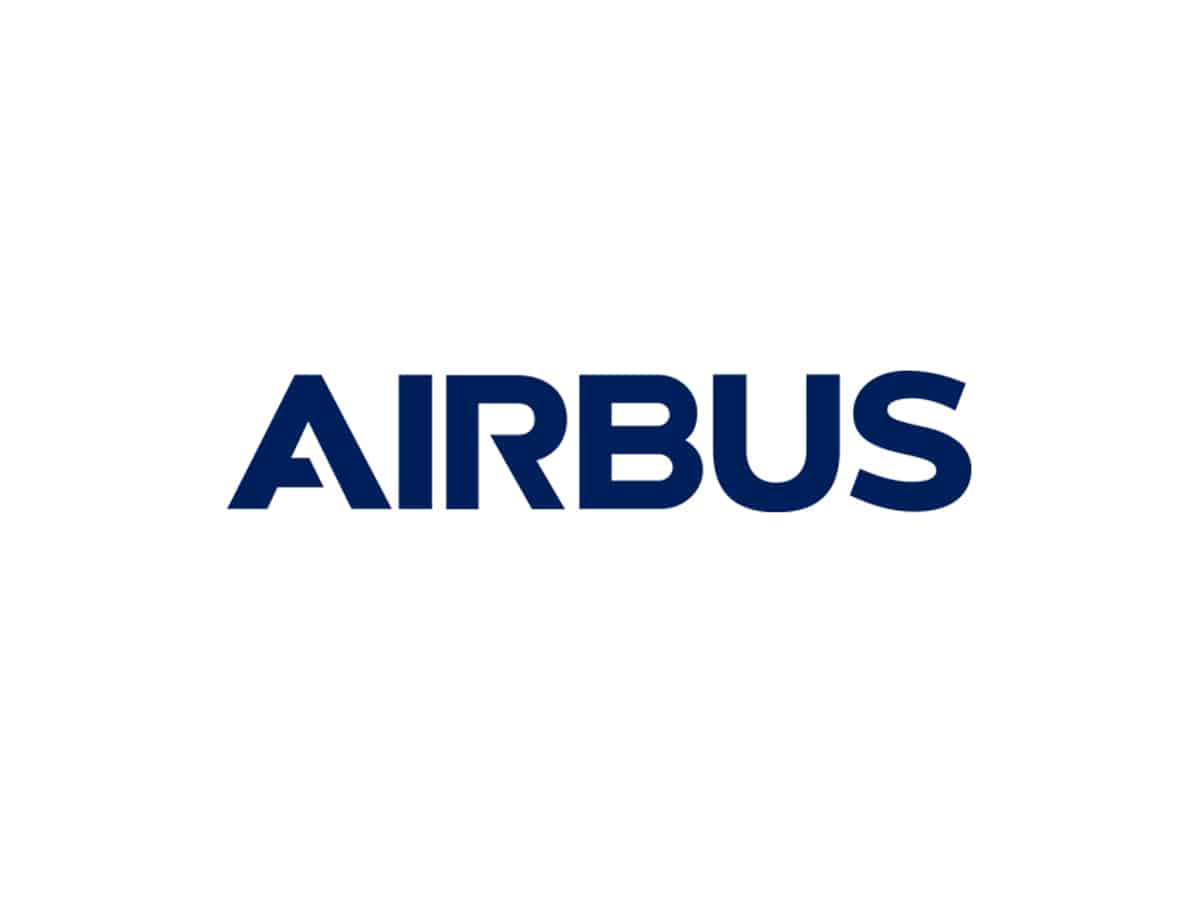Dubai: Airbus clinched a major deal on Monday valued into the billions of dollars to sell 111 new aircraft to the Air Lease Corporation, its second blockbuster order at the Dubai Air Show.
Air Lease, the Los Angeles-based jet financing and leasing company, added to its expanding fleet with 25 A220-300s, 55 A321neos, 20 A321 XLRs, four A330neos and seven A350Fs.
At Airbus’ pre-pandemic list prices, the order would exceed 15 billion, although major deals typically see manufacturers offer significant discounts to buyers. The company did not provide any details on the sale price.
The sale of the European plane maker’s new twin-engine A350 freighter is seen as a direct challenge to Boeing’s long-haul 787 Dreamliner, which has suffered repeated production troubles.
The Dubai Air Show pits the two major manufacturers against each other in the crucial Mideast market filled with long-haul carriers connecting East and West. American rival Boeing has yet to announce a major sale at the show.
When asked by a journalist if Airbus was breaking into Boeing’s profitable market share, Christian Scherer, Airbus chief commercial officer demurred, saying, That’s a bit violent.
What we’re doing is responding to the invitation for competition from the market,” he added.
On the opening day of the aviation expo, Airbus booked the sale of 255 new aircraft to Indigo Partners’ various low cost carriers a deal valued at some 30 billion, based on the pre-pandemic price list.
At a press conference held as a daredevil flying display roared outside, high-level executives of Airbus and Air Lease heralded their commitment as proof of surging demand and the ravaged aviation industry’s comeback.
The end of the COVID crisis wants to install itself upon us, proclaimed Scherer.
The Dubai Air Show sees a stream of order and product announcements over its five days. Nigeria’s Overland Airways also signed a 299 million contract for three E175 jets from Embraer, Brazil’s iconic plane manufacturer, to be delivered from 2023, along with three purchase rights for the same model.
The sales came as Dubai International Airport, the world’s busiest for international travel, announced it handled 20% more passenger traffic in the third quarter of 2021 compared to the same period last year, stoking cautious optimism even as a full recovery remains years off. Just 20.7 million people squeezed through the airport so far this year a 74% drop from before the coronavirus hit in 2019.
CEO Paul Griffiths said Monday the figure still represents a sharp turn in fortunes for the crucial transit hub that was clobbered by the pandemic, forced to slash 34% of its staff and mothball a main terminal.
We’re still optimistic for recovery being very strong, Griffiths told The Associated Press amid the aroma of jet fuel and noise of plane takeoffs. It’s going to be a couple of years, but I hope I’m wrong.
Some 6.7 million passengers passed through the airport over the third quarter, with flights surging 17% between January and September compared to the same period last year.
With a 40% spike in bookings last month, the airport is gearing up for flying to rebound at the year’s end, betting that accelerating vaccinations and relaxing travel curbs will allow Europeans to flee wintry weather for Dubai’s beaches and tourists to visit the giant world’s fair in the city that runs until March.
Griffiths said confidence also grew with the loosening of travel restrictions from India and Pakistan, which remained the airport’s largest market this quarter and routinely send legions of laborers and visitors to the United Arab Emirates. Airlines have expanded their flying schedules as the United States recently welcomed back vaccinated Europeans and India reopened for quarantine-free tourism on Monday.
Still, there are lingering signs that the industry’s worst-ever crisis may not be over. Behind Griffiths, tails of scores of Emirates’ iconic fleet of double-decker Airbus A380s, largely grounded amid the pandemic, loomed at Dubai World Central, the Gulf city’s second airport that went out of use for commercial flights last year.
The Middle East’s biggest carrier, Emirates, reported receiving an additional 681 million from the Dubai government earlier this month, bringing the total cash aid close to 3.8 billion as it posted 1.6 billion in losses for the third quarter.
Yet as demand for long-haul travel picks up and more superjumbo jets fill the skies, the airport’s dedicated A380 terminal, Concourse A, will return to life later this month, Griffiths said.
Even as variants continue to course through inoculated populations and economic recovery remains slanted toward wealthier Western countries, Griffiths described a torrent of pent-up travel demand after a year and a half of financial pain.
I don’t think it will be a trickle. It will be a flood,” he said.
Meanwhile at Israel’s pavilion, across the carpeted halls of the Dubai Air Show convention center, the military-industrial behemoths behind the country’s arsenals of unmanned aerial vehicles, missile defense systems and fighter jets hawked their wares for the first time after Israel and the UAE normalized diplomatic relations last year.
Shared enmity of Iran, the Shiite powerhouse known to provide drones and other military technology to its proxies in Iraq, Yemen, Lebanon and Gaza, helped bring Israel and the UAE together. But even as a drone mock-up dangled behind him from the ceiling, Boaz Levy, CEO of Israel Aerospace Industries, repeatedly declined to discuss the regional politics behind the company’s deals with the UAE.
He took pains to avoid mention of Iran and to stress the civilian nature of IAI’s exports, focusing on its space satellites, aircraft conversions and aerial surveillance.
There’s a lot of threats all around, Levy told The Associated Press when asked multiple times about the escalation of drone attacks across the region, including the volatile waters of the Persian Gulf, blamed on Iran.
I’m not analyzing them. I’m just saying they exist. And countries need to be prepared to defend themselves against those threats.

